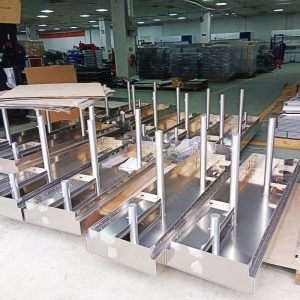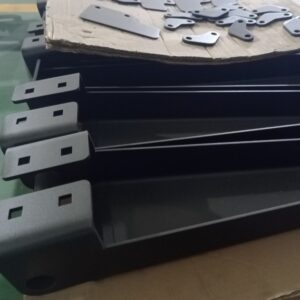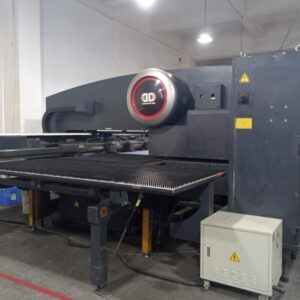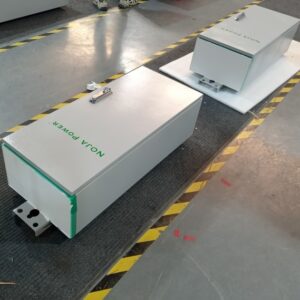Heat treatment and precision of machining processDalian sheet metal partsThe processing editor will introduce to you:
The heat treatment requirement of machining is actually a technical requirement in the design process. If you are a mechanical structure design engineer, you need to have the cognitive ability in this area. If you do not have such awareness, then you are not a qualified design. An engineer, at least not a very comprehensive design engineer.
The cognition of heat treatment design requirements of parts is basically based on the cognition of material use and processing changes, so this is a very systematic knowledge structure, it does not exist in isolation.
First of all, we need to understand how many methods are included in the so-called heat treatment in the machining of parts?In view of the frequency and importance of various methods in the machining process, we choose the following types for analysis, namely key analysis
In the machining process, we use four heat treatment methods: annealing, normalizing, quenching and tempering. The following analysis will be done one by one.
Heat treatment in part machining process
The heat treatment in the machining process can generally be divided into two types: preliminary heat treatment and Z final heat treatment.
Preliminary heat treatment: Its purpose is to improve mechanical properties and eliminate internal stress in order to prepare for Z final heat treatment, generally including annealing, normalizing, quenching and tempering and aging treatment. Preparatory heat treatment is generally performed after rough machining.
Z final heat treatment: Its purpose is to improve the hardness and wear resistance of the parts, including quenching, carburizing, nitriding and other processes, generally after semi-finishing and before finishing.
Precision of machining
The accuracy of machining is mainly reflected in the following aspects, which are dimensional accuracy, geometric shape accuracy and mutual position accuracy. The geometric shape accuracy includes roundness, straightness and flatness, etc. The mutual position accuracy includes parallelism and perpendicularity. Degree and coaxiality, etc.
Copyright statement: The source of the reprinted works is indicated. The source is not indicated on this website and the reprinting is for the purpose of transmitting more information, and does not mean that it agrees with its views or confirms the authenticity of its content. If the reprinted works infringe the author’s authorship rights, or have other damages such as copyright, portrait rights, intellectual property rights, etc., this website is not intentional, and will be corrected immediately after receiving notification from the relevant right holder.









